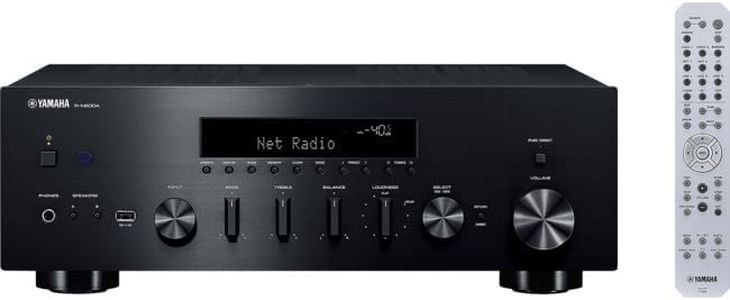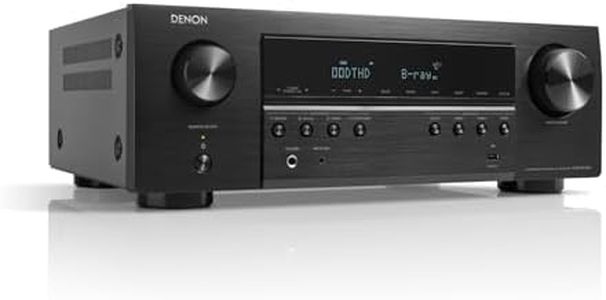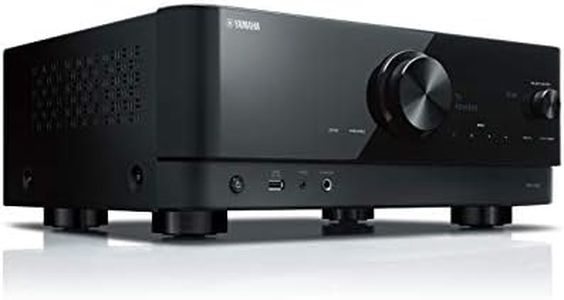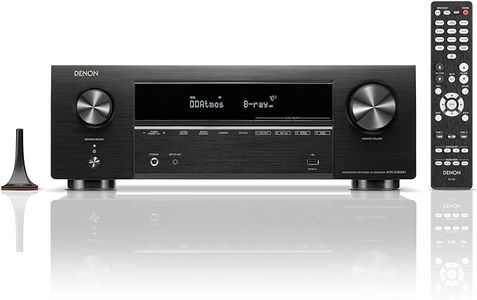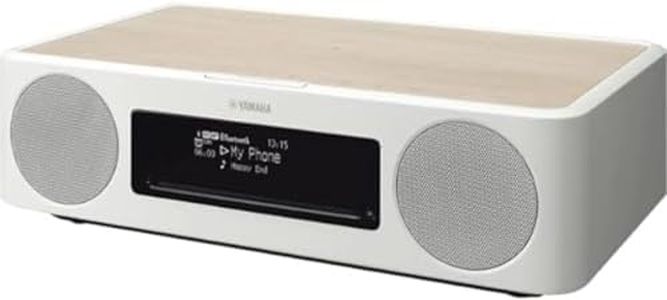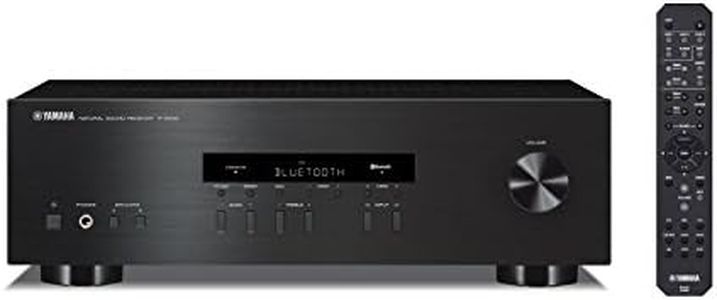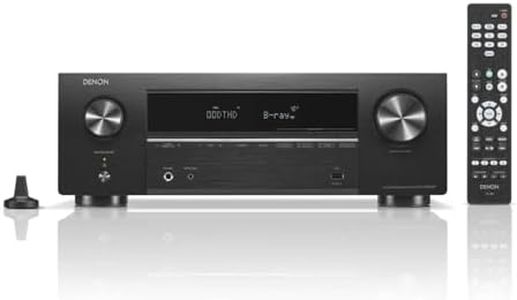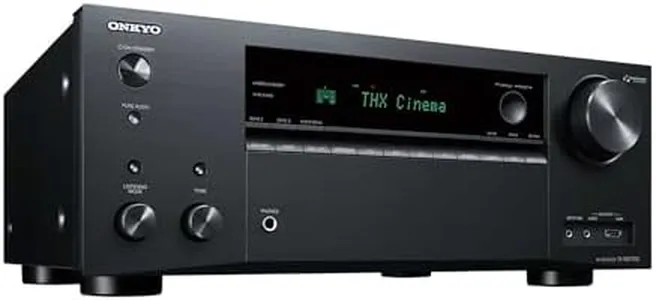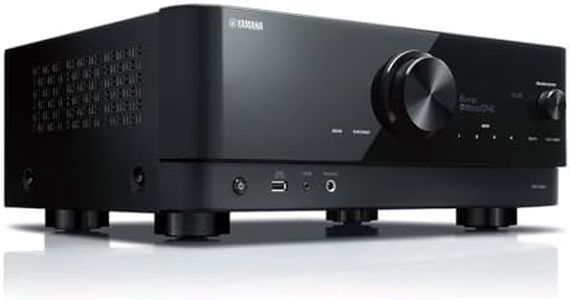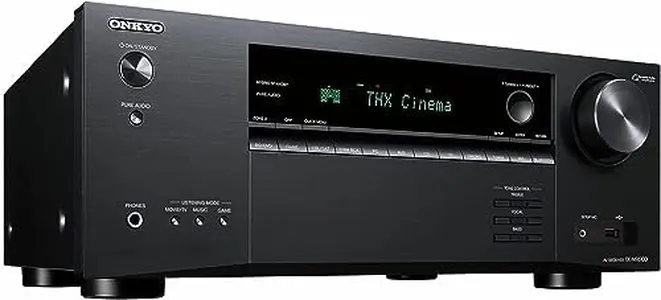We Use CookiesWe use cookies to enhance the security, performance,
functionality and for analytical and promotional activities. By continuing to browse this site you
are agreeing to our privacy policy
10 Best Stereo Receivers
From leading brands and best sellers available on the web.Buying Guide for the Best Stereo Receivers
Choosing a stereo receiver is about matching your listening habits and audio needs with the strengths of the available equipment. Stereo receivers act as the central hub for your home audio system, connecting and powering your speakers while providing inputs for devices like turntables, CD players, or streaming devices. Before you decide, consider your room size, what you plan to listen to, and which features are truly necessary for your enjoyment.Power Output (Watts per Channel)Power output tells you how much energy the receiver can deliver to each speaker, usually measured in watts per channel. This matters because more power can drive louder sound and handle difficult speaker loads. Receivers range from low wattage (under 50W per channel), which is suitable for small rooms or efficient speakers, to higher output (over 100W per channel) for large rooms or speakers that are harder to drive. For most users, matching the power output to the size of their room and their typical volume levels is best; more power is important for larger spaces or higher listening levels.
Number and Type of InputsInputs are the connections where you plug in your audio sources, such as turntables, CD players, or digital devices. Receivers can have a range of analog and digital inputs—including RCA, optical, coaxial, HDMI, and dedicated phono inputs. Choosing the right number and types of inputs depends on what devices you already own or might add in the future. If you have or plan to add a turntable, look for a phono input; if you want to connect modern game consoles or TVs, HDMI might be important.
Speaker Support/Impedance CompatibilityEvery speaker has an impedance rating (measured in ohms), and your receiver needs to work safely with it. Most home receivers handle 8 or 6 ohm speakers, but some speakers are rated at 4 ohms and need a compatible, more robust receiver. Always check the impedance range supported by the receiver, especially if you already own speakers, to make sure they will be a safe, efficient match.
Connectivity Features (Bluetooth, Wi-Fi, Streaming)Modern stereo receivers can include wireless connectivity like Bluetooth, Wi-Fi, or built-in support for streaming services. Bluetooth allows for easy connection with phones and tablets for streaming music wirelessly, while Wi-Fi enables integration with home networks or smart speakers. If you want to use the receiver as your main music streaming hub or control it via an app, look for these features. People mostly sticking to physical sources may not need them.
Tone Controls and EqualizationTone controls let you adjust bass, treble, and sometimes midrange frequencies to shape the sound to your liking or to suit your room. Some receivers offer only basic adjustments, while others have more advanced equalization settings. If you enjoy customizing sound or need to correct for room acoustics, look for adjustable tone controls. If you prefer a simpler, more direct sound, basic controls may be sufficient.
Size and Build QualityStereo receivers come in a variety of sizes and build styles. Size is important if you have limited space in your entertainment unit. Heavier and sturdier receivers may provide better longevity and durability. If your receiver will be visible, design and finish might also play a role in your choice. If you're setting up in a compact area or want a minimalist look, check the receiver's dimensions in advance.
